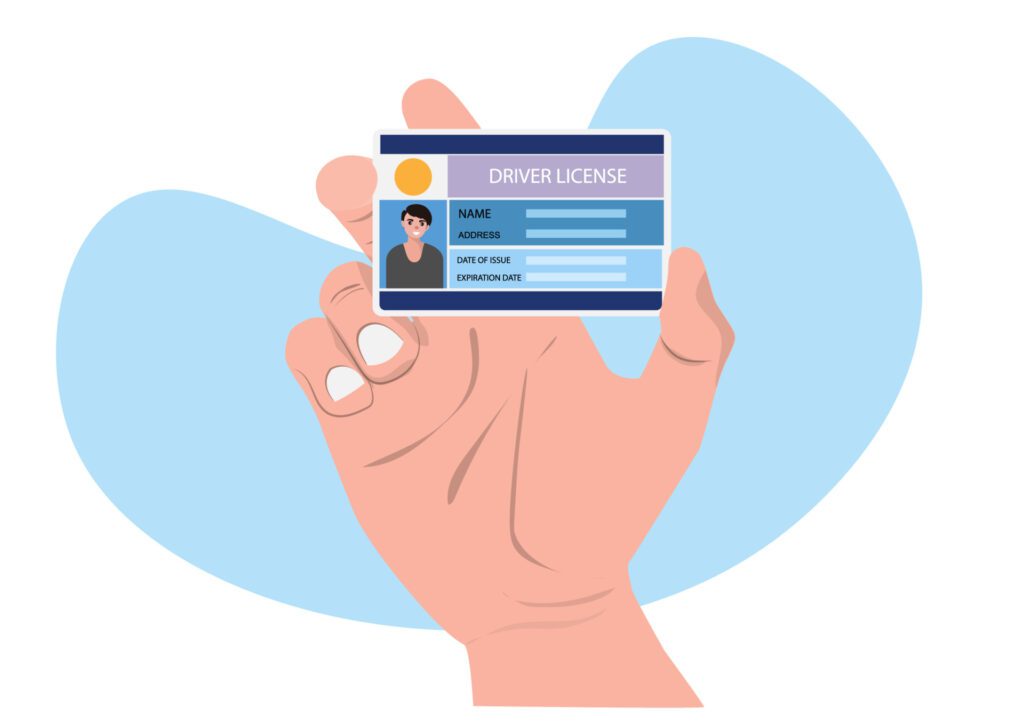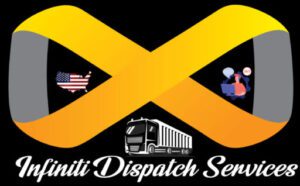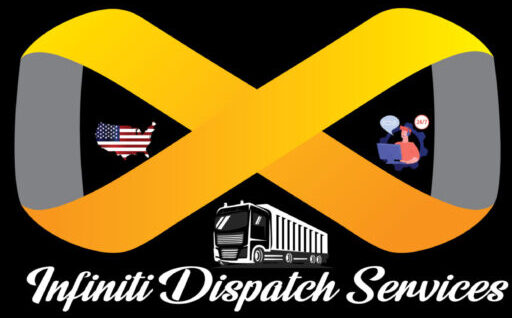Driver's License Type According to the Vechicle
The type of driver’s license that enables you to operate a typical two- or four-door passenger car may be the first thing that springs to mind when you think of a license. Although it is undoubtedly one of the most popular licenses available, it is by no means the only one.
Have you ever wanted to know what the various kinds of driver's license are?
Let's investigate.!
A legal Document: For Driving World Wide by State department of Transportation
An official document known as a driving license gives people the right to drive a motor vehicle. Different countries have different categories for driving licenses, and they are usually determined by the kinds of cars that an individual is permitted to operate. The following are typical types of driver’s licenses:

Standard driver’s license
The license used to drive one’s
own car on a daily basis is referred to as a Class D license and is arguably
the most frequent sort of driver’s license. With this license, drivers can tow
smaller trailers or recreational vehicles, usually weighing less than 10,000
pounds, as well as operate automobiles weighing less than 26,000 pounds, which
includes the majority of passenger cars. A Class D driver’s license can also
serve as your state ID card across the country, but a standalone state ID card
just serves as identification and does not provide you the ability to drive.
Commercial driver’s licenses
Large truck and commercial vehicle drivers must possess a commercial driver’s license (CDL). Compared to a Class D license, CDL standards are much stricter. Candidates must pass difficult skills exams and possess in-depth knowledge of a variety of car systems. More physical examinations than the typical eye exam can be necessary for CDL renewal, and CDLs need to be renewed more regularly than regular licenses. Three primary categories of CDLs exist:
Class A
Class A CDLs allow drivers to operate vehicles weighing 26,001 pounds or more and tow over 10,000 pounds. This includes big-rig 18-wheelers and livestock carriers. Class A CDLs also typically allow drivers to operate many Class B and Class C vehicles with the right endorsements (more on that below).With the appropriate endorsements (more on that below), drivers with Class A CDLs can also usually operate a large number of Class B and Class C vehicles.
Class B
Drivers with Class B CDLs are permitted to operate single, unhitched vehicles up to 26,000 pounds in weight. This covers automobiles such as box trucks, dump trucks, and municipal buses. With the appropriate endorsements, drivers possessing Class B CDLs can operate some Class C vehicles.
Class C
Drivers with Class C CDLs are permitted to operate automobiles that are transporting hazardous materials or 15 or more passengers. This applies to some buses and hazardous cars.
Commercial license endorsements
Additionally, commercial licenses come with endorsements that let CDL holders get into even more specific kinds of vehicles. On the license, these endorsements are usually shown by a single letter. Typical endorsements include the following:
H – The H endorsement allows drivers to transport hazardous materials. Obtaining an H endorsement requires passing a written test.
N – The N endorsement allows drivers to operate vehicles with a tank (to transport liquids or gases). Obtaining an N endorsement requires passing a written test.
P – The P endorsement allows drivers to operate passenger vehicles with 15 or more passengers (plus the driver). Obtaining a P endorsement requires passing a written test and a road test.
S – The S endorsement allows drivers to operate a school bus. Obtaining an S endorsement requires first obtaining a P endorsement, taking additional tests, paying additional fees and passing a background check.
T – The T endorsement allows drivers to operate vehicles towing double or triple trailers. Obtaining a T endorsement requires passing a written test.
X – The X endorsement is a combination of the H and N endorsements, allowing drivers to operate tank vehicles carrying hazardous materials. Obtaining an X endorsement requires passing a written test.
Other license types
In addition to the license types listed above, there are a few other types of licenses you may come across:
Taxi or livery service
Taxis and livery services are still an integral aspect of city life, even in the era of ridesharing, and they are legally governed by Class E licenses.
Motorcycle
Some states require motorcycle operators to carry a separate license type, typically called Class M.
Junior
Certain states mandate junior licenses, which come with extra limitations like weight limits or curfews, for young and inexperienced drivers. Although certain states may also issue a junior motorcycle (MJ) license, these are usually referred to as Class DJ licenses.
In summary
Driver’s licenses come in various varieties. For instance, different weight classes and kinds of heavy vehicles are eligible for different classes of commercial driver’s licenses. Other specific, non-commercial licenses exist as well. Just the tip of the iceberg is the Class D license that many individuals use to drive their own vehicles.



